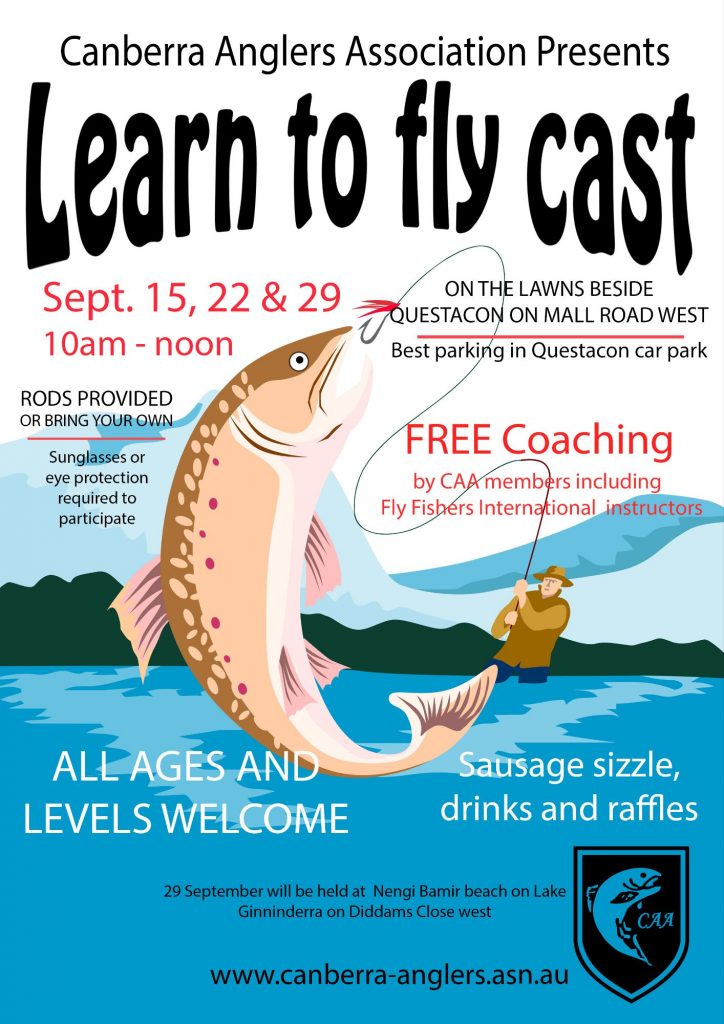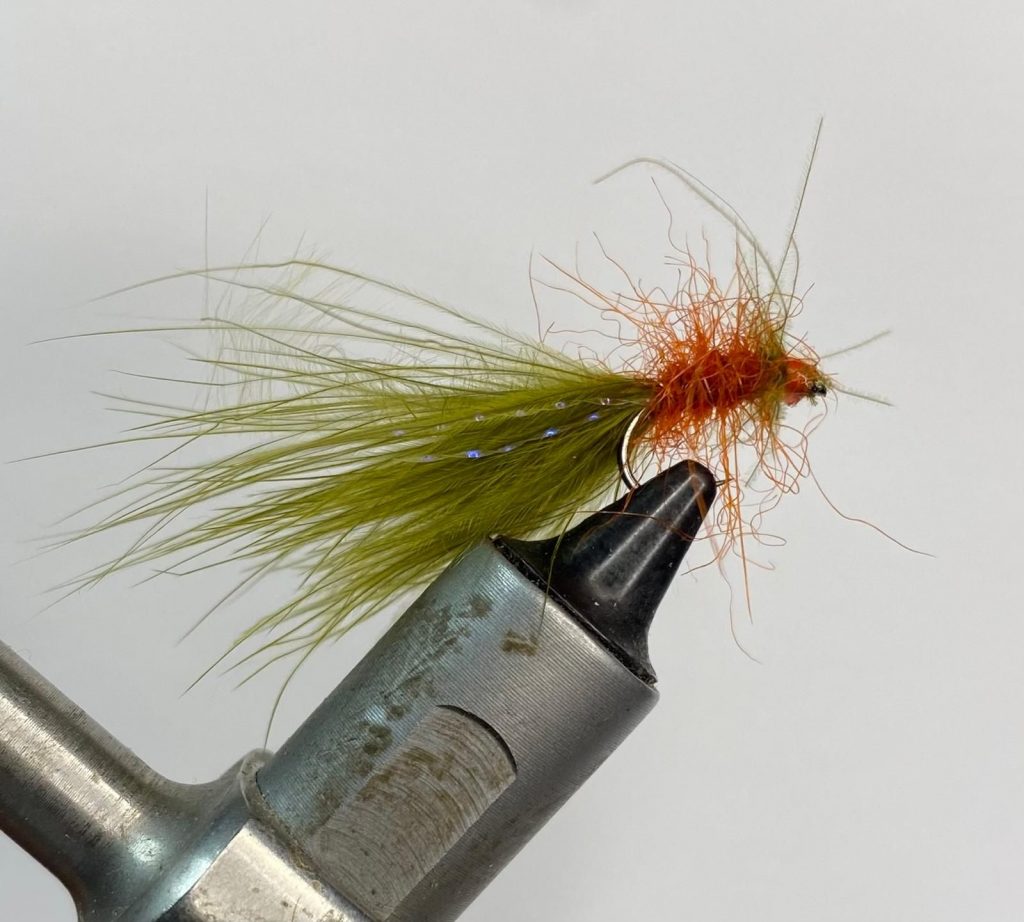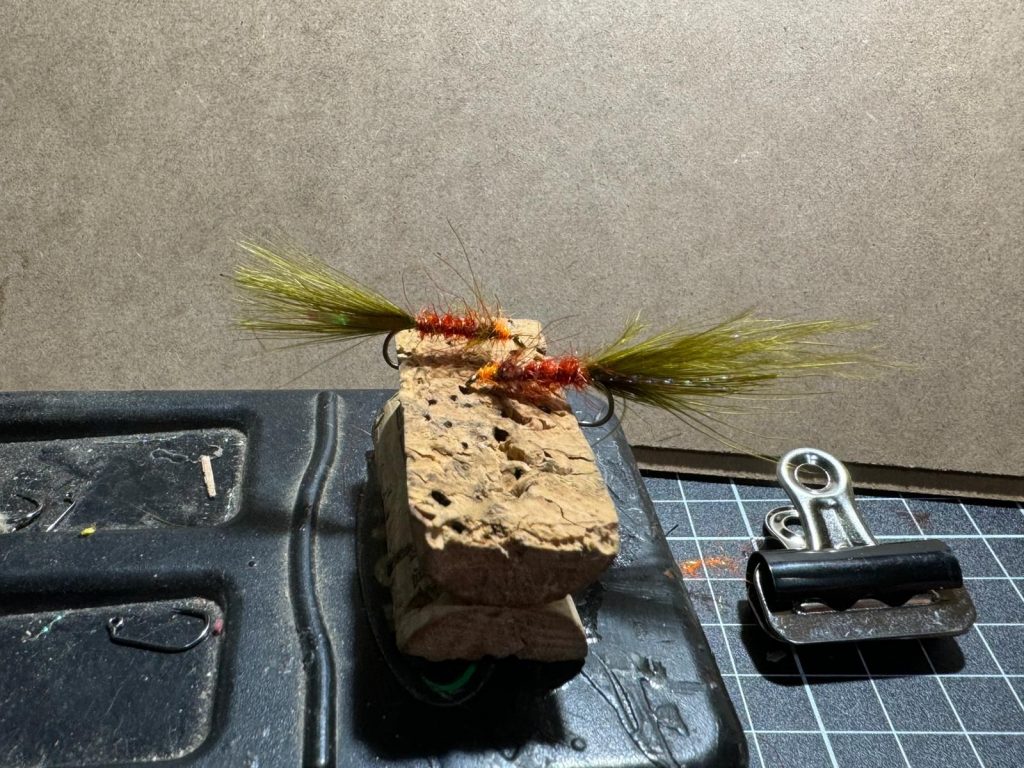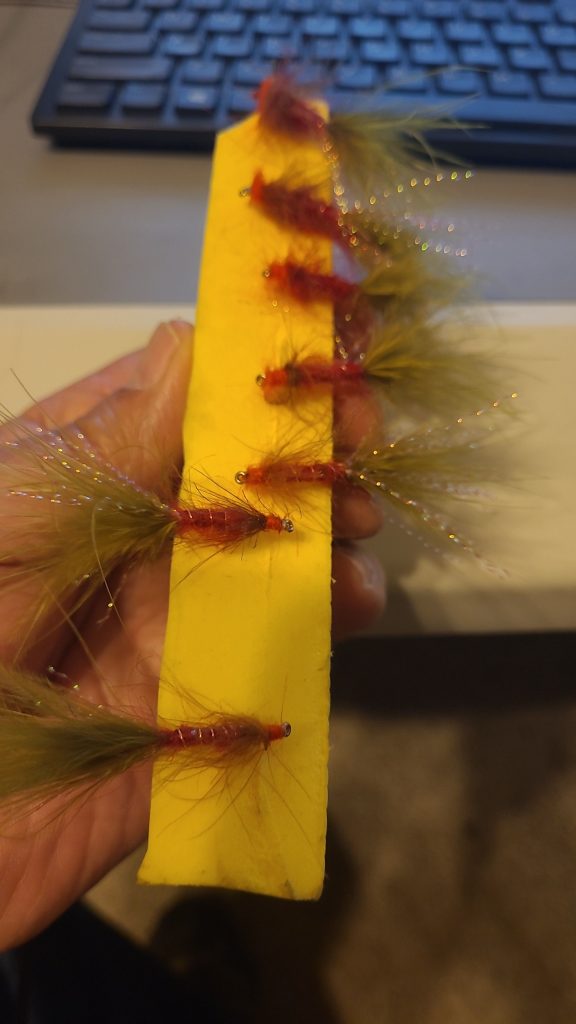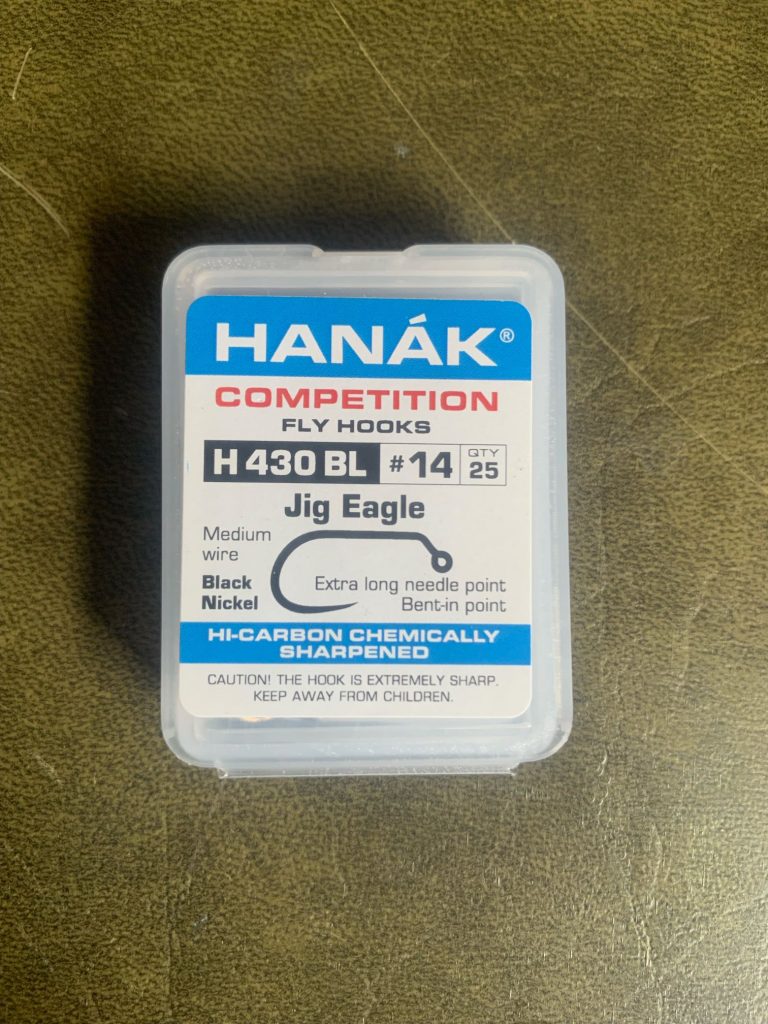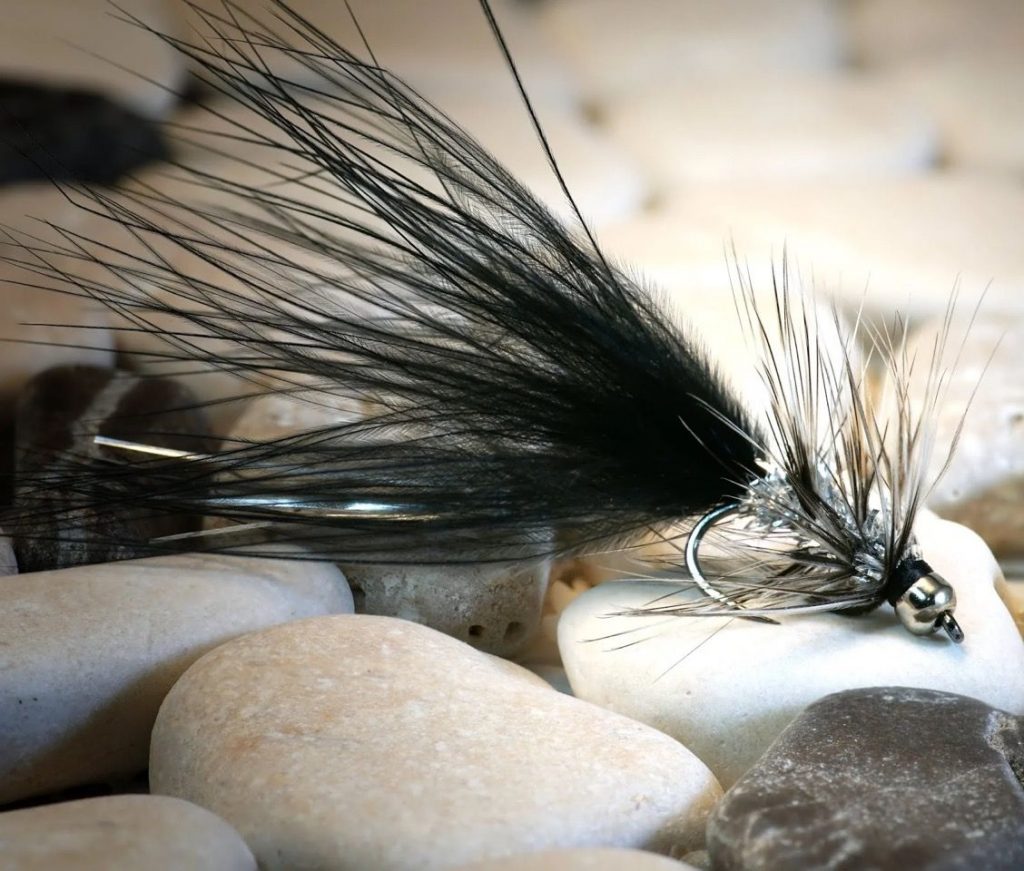Jayden told me yesterday about a kid’s workshop at Gaden this Sunday. I wondered whether he was referring to the Go Fishing/Open Day on Sun 12 Oct, but no …
After being constrained due to their major construction work, Gaden has burst forth with activities open to the public. There’s a whole new bunch advertised here focussed on women and kids https://www.dpi.nsw.gov.au/fishing/recreational/resources/fishing-workshops/kids

